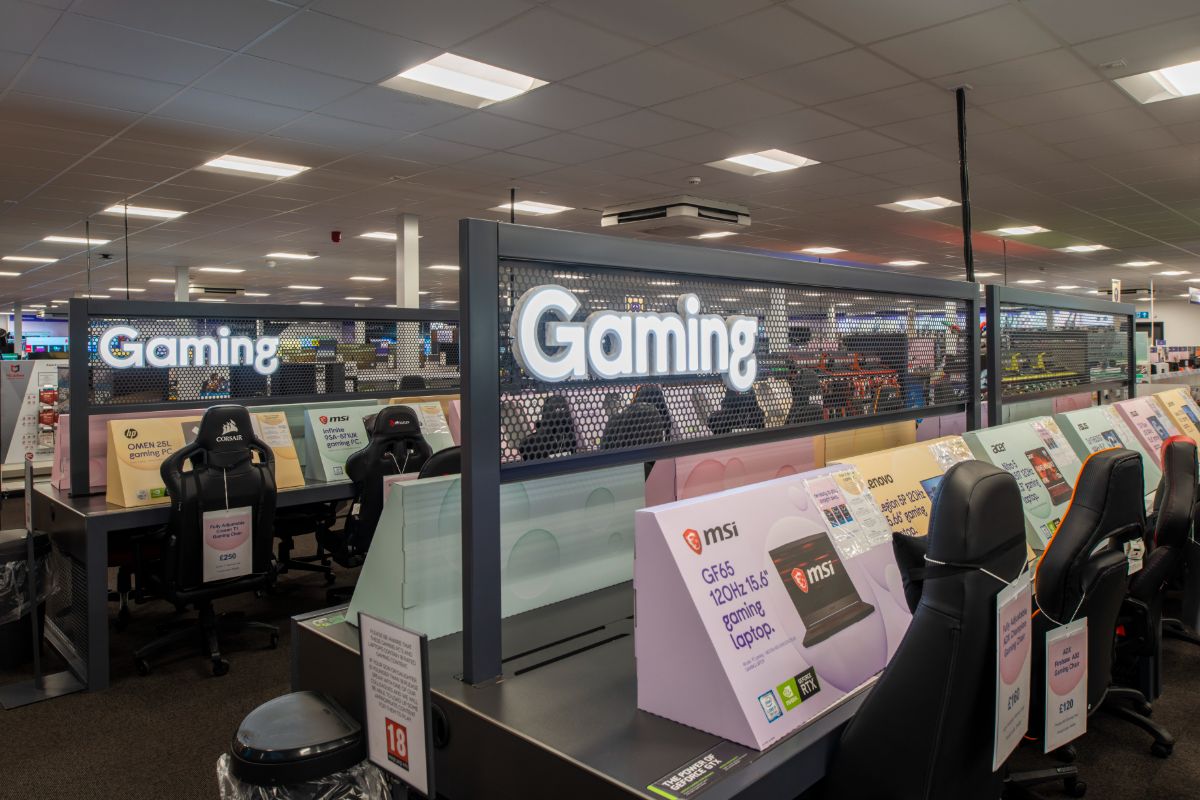Online fashion retailer Sosandar says it has seen orders grow by 44%, and revenue by 62% during the first two months of its financial year – even as ecommerce clothing sales fell more widely.
Figures from etail trade association IMRG suggest that online clothing sales fell by 24% in April, and are also likely to have fallen in May. Sosandar today explained how it adapted to the changing way that shoppers wanted to buy during the Covid-19 lockdown, which started on March 23, days before Sosandar’s new financial year started on April 1. Since then, Sosandar has seen its new customers grow by 15% year-on-year despite cutting its marketing spend by 69%. At the bottom line, losses reduced by about 55%. Now John Lewis and Next have signed up to sell the Sosandar brand on their online websites for the autumn/winter 2020 season.
Fast shift to casual
Sosandar says it has capitalised on a shift to demand for more casual clothing as customers look for comfort in lockdown – rather than the formal wear demanded for more social times. A change to its ‘new-in’ products saw loungewear, denim and casual summer dresses sell out in days – especially as browsing increased and traffic grew by 98%, year-on-year. Conversion from browsing was lower, but marketing emails, new-in product notifications and customer waitlists for out-of-stock items all helped to ensure quick sales. Promotions helped to boost sales in the early weeks of April, with a knock-on effect on margins, but the retailer says it was fast to return to full-price sales. This type of clothing is cheaper, leading to lower average basket values, but because items are less fitted they have been less likely to be returned, and overall returns rates have fallen to about 33% during April and May.
Protecting the business through Covid-19
Sosandar furloughed about 60% of its workforce during the pandemic, and all discretionary spending went on hold. The retailer also cut its planned marketing spending in order to focus on repeat orders from existing customers rather than gaining new customers.
Sosandar also set out how it worked with its suppliers to adapt production plans quickly in response to customer demand. It followed a strategy of test and repeat, making small orders in order to cut the risk of being left with unwanted stock. It says it sees its suppliers as partners and has worked with them to get through a difficult period. “The company has had to cancel orders, postpone intake and obtain discounts but this has been done in a collaborative manner to make sure that its supply chain is protected for the future,” it said in today’s trading update.
Looking ahead, the retailer expects to continue to focus on reducing its planned marketing spending, and managing its stock levels carefully. It is working with Clipper Logistics as it flexes its warehousing and fulfilment demands in response to changing customer behaviour.
Full-year figures
The coronavirus lockdown came towards the end of Sosandar’s full-year, on March 31. During the year, it said in today’s full-year trading update, revenues more than doubled to at least £9m. Its active customer numbers grew by 111% and repeat orders by 144%. New customers were up by 67% as the company invested in TV advertising in the second and third quarters of its year, and orders grew by 109%, although average order values were 6% down and half of all orders (50%) were returned.
Sosandar now expects to report a higher than previously expected full-year loss as a result of discounting and other changes required in the early days of the pandemic and its spending on new customer acquisition during the year. At the end of March it had £5.2m cash, reduced to £4.4m at the end of April, and staying that way to the end of May.
Sosandar was founded in 2005 by joint chief executives Julie Lavington and Ali Hall, who previously launched and edited, respectively, Look magazine.
Commenting, GlobalData retail analyst Emily Salter, said: “Sosandar has witnessed changing shopping habits as a result of the lockdown, with a shift to more casual ranges which it adapted to by changing its new-in products to reflect this. Many of its competitors will not have been able to adjust as quickly so will have lost shoppers from focusing ranges on less relevant categories including occasionwear.
“Sosandar discounted in early April due to low demand, but then was able to shift shoppers back to purchasing items at full price, something that many clothing retailers have been unable to do with rivals including Asos, Whistles and Debenhams offering frequent promotions.”
Image: Screenshot of sosandar.com








